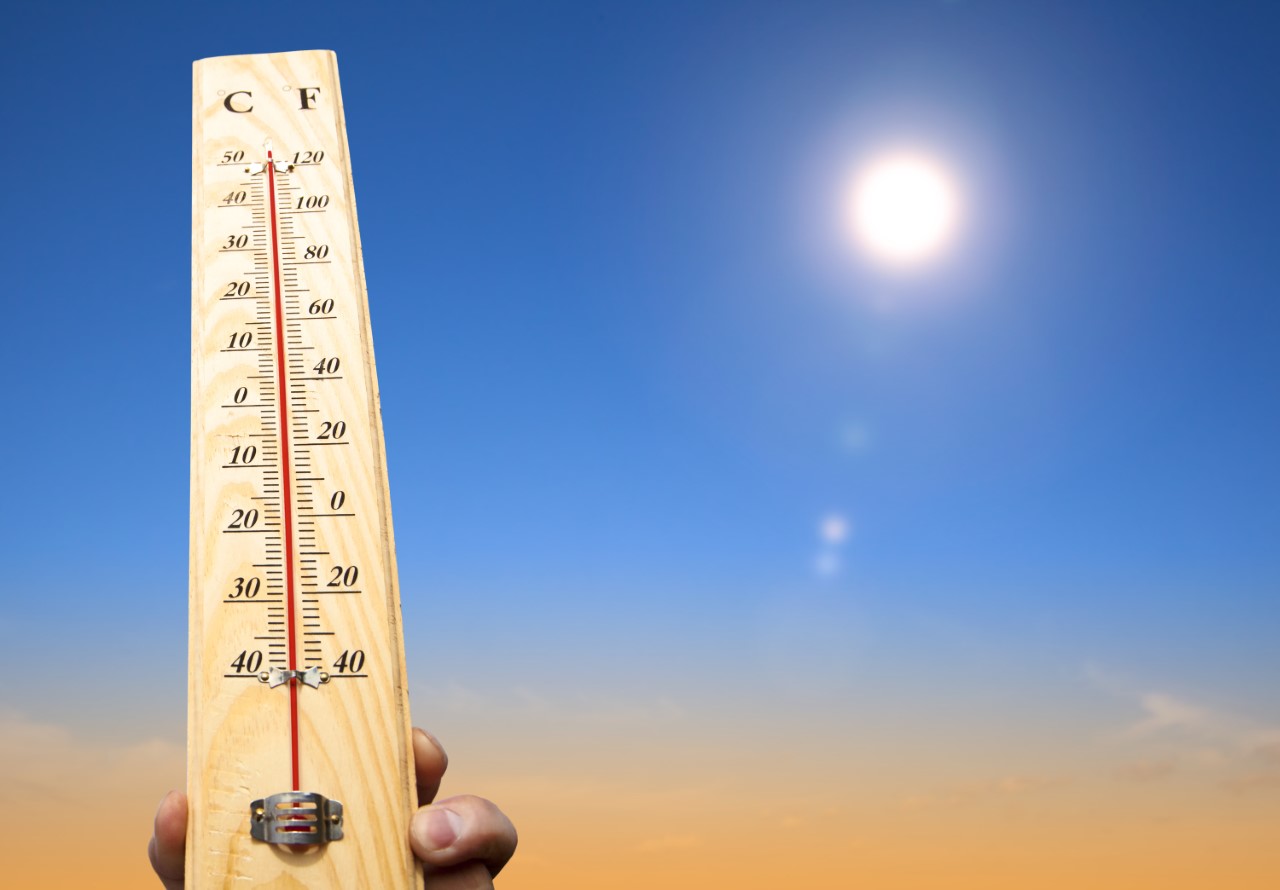
In Part 1 of Protecting Workers From the Effects of Heat we looked at the different types of heat illnesses and how to identify them. Today OSHA will put forth some steps you can take to handle and overcome heat illness at your company.
Prevention Made Simple: Program Elements
Heat Illness Prevention Program key elements include:
* A Person Designated to Oversee the Heat Illness Prevention Program
* Hazard Identification
* Water. Rest. Shade Message
* Acclimatization
* Modified Work Schedules
* Training
* Monitoring for Signs and Symptoms
* Emergency Planning and Response
Designate a Person to Oversee the Heat Stress Program
Identify someone trained in the hazards, physiological responses to heat, and controls. This person can develop, implement and manage the program.
Hazard Identification
Hazard identification involves recognizing heat hazards and the risk of heat illness due to high temperature, humidity, sun and other thermal exposures, work demands, clothing or PPE and personal risk factors.
Identification tools include: OSHA’s Heat Smartphone App; a Wet Bulb Globe Thermometer (WBGT) which is a measure of heat stress in direct sunlight that takes into account temperature, humidity, wind speed, sun and cloud cover; and the National Weather Service Heat Index. Exposure to full sun can increase heat index values up to 15°F.
Water.Rest.Shade
Ensure that cool drinking water is available and easily accessible. (Note: Certain beverages, such as caffeine and alcohol can lead to dehydration.)
Encourage workers to drink a liter of water over one hour, which is about one cup every fifteen minutes.
Provide or ensure that fully shaded or air-conditioned areas are available for resting and cooling down.
Acclimatization
Acclimatization is a physical change that allows the body to build tolerance to working in the heat. It occurs by gradually increasing workloads and exposure and taking frequent breaks for water and rest in the shade. Full acclimatization may take up to 14 days or longer depending on factors relating to the individual, such as increased risk of heat illness due to certain medications or medical conditions, or the environment.
New workers and those returning from a prolonged absence should begin with 20% of the workload on the first day, increasing incrementally by no more than 20% each subsequent day.
During a rapid change leading to excessively hot weather or conditions such as a heat wave, even experienced workers should begin on the first day of work in excessive heat with 50% of the normal workload and time spent in the hot environment, 60% on the second day, 80% on day three, and 100% on the fourth day.
Modified Work Schedules
Altering work schedules may reduce workers’ exposure to heat. For instance:
* Reschedule all non-essential outdoor work for days with a reduced heat index.
* Schedule the more physically demanding work during the cooler times of day;
* Schedule less physically demanding work during warmer times of the day;
* Rotate workers and split shifts, and/or add extra workers.
* Work/Rest cycles, using established industry guidelines.
* Stop work if essential control methods are inadequate or unavailable when the risk of heat illness is very high.
Keep in mind that very early starting times may result in increased fatigue. Also, early morning hours tend to have higher humidity levels.
Training
Provide training in a language and manner workers understand, including information on health effects of heat, the symptoms of heat illness, how and when to respond to symptoms, and how to prevent heat illness.
Monitoring for Heat Illness Symptoms
Establish a system to monitor and report the signs and symptoms listed on the previous page to improve early detection and action. Using a buddy system will assist supervisors when watching for signs of heat illness.
Emergency Planning and Response
Have an emergency plan in place and communicate it to supervisors and workers. Emergency plan considerations include:
* What to do when someone is showing signs of heat illness. This can make the difference between life and death.
* How to contact emergency help.
* How long it will take for emergency help to arrive and training workers on appropriate first-aid measures until help arrives.
* Consider seeking advice from a healthcare professional in preparing a plan.
Engineering Controls Specific to Indoor Workplaces
Indoor workplaces may be cooled by using air conditioning or increased ventilation, assuming that cooler air is available from the outside. Other methods to reduce indoor temperature include: providing reflective shields to redirect radiant heat, insulating hot surfaces, and decreasing water vapor pressure, e.g., by sealing steam leaks and keeping floors dry. The use of fans to increase the air speed over the worker will improve heat exchange between the skin surface and the air, unless the air temperature is higher than the skin temperature. However, increasing air speeds above 300 ft. per min. may actually have a warming effect. Industrial hygiene personnel can assess the degree of heat stress caused by the work environment and make recommendations for reducing heat exposure.
Read Part 1 of Protecting Workers From the Effects of Heat here.
———————————————————
Heat related illness resources are available on OSHA’s website in English and Spanish. Check out www.osha.gov/heat.













